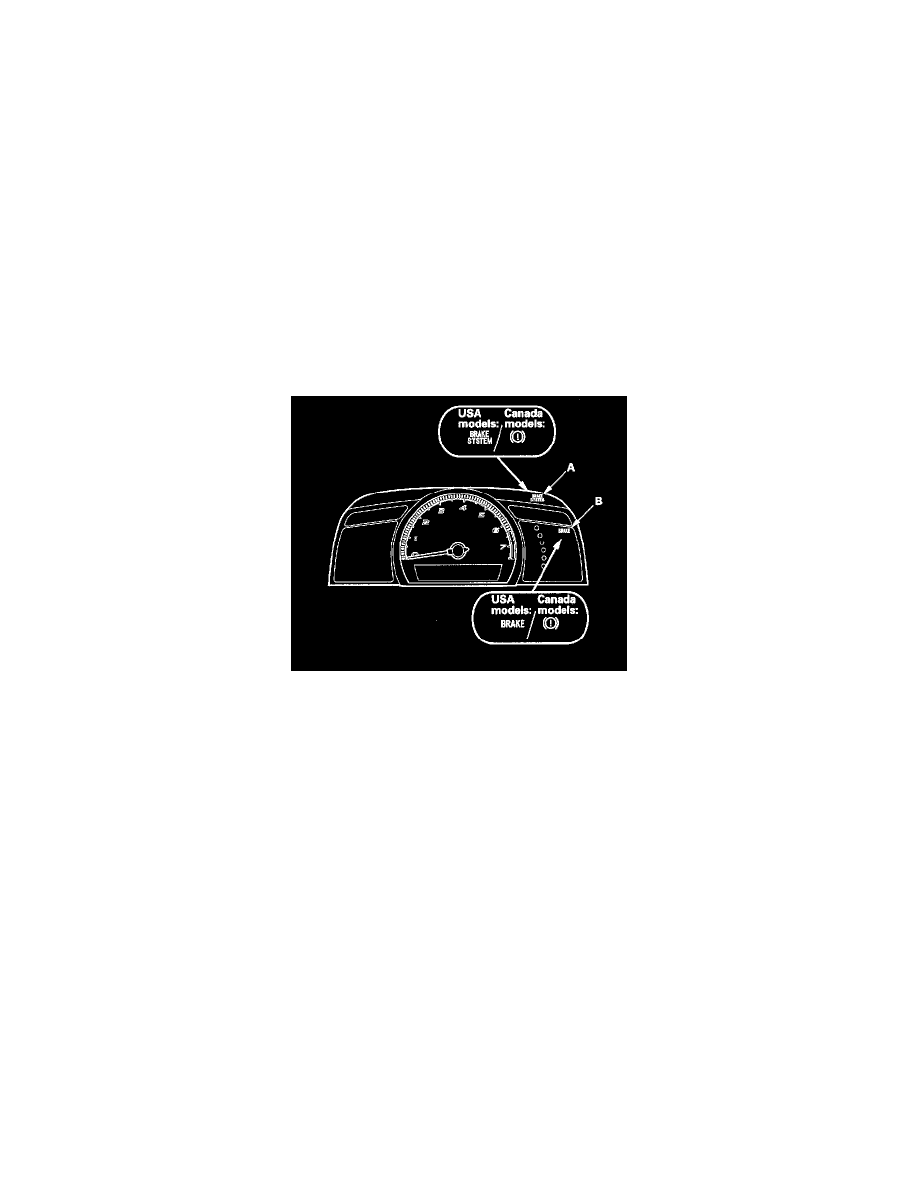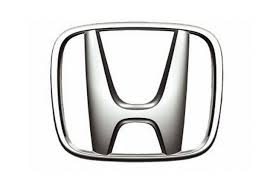Civic L4-1.3L Hybrid (2008)

Hydraulic Brake Booster: Initial Inspection and Diagnostic Overview
General Troubleshooting Information
NOTICE
A serious advanced hydraulic booster problem will decrease the braking power of the vehicle, and increase the risk of a collision.
If the system indicators come on and the buzzer sounds while driving, stop the vehicle in a safe place as soon as possible, and do not drive the vehicle
until the system returns to normal.
System Indicators
This system has two LED indicators and a buzzer:
^
AHB indicator (A) (amber color)
^
Brake system indicator (B) (red color)
^
Buzzer (audible alert)
When the system detects a problem, it turns on the AHB indicator and buzzer, and/or the brake system indicator. Depending on the failure, the servo
unit determines which indicators are turned on.
When the system is OK, the AHB indicator and brake system indicator come on for about 2 seconds after turning the ignition switch to ON (II), then
they go off.
AHB Indicator
The AHB indicator comes on when the advanced hydraulic booster function is lost, and this may affect normal brake operation.
Brake System Indicator
The brake system indicator comes on when the advanced hydraulic booster function is lost, the EBD function is controlled by the ABS, the parking
brake is applied, and the brake fluid level is low.
If brake system indicator comes on, press the brake pedal slowly, and check the braking effectiveness then stop the vehicle and inspect above system.
Buzzer
The buzzer indicates audibly, in conjunction with the brake system indicator, when the advanced hydraulic booster function is lost, and this may affect
normal brake operation.
Diagnostic Trouble Code (DTC)
^
The memory can hold all DTCs. However, when the same DTC is detected more than once, the more recent DTC is written over the earlier one.
Therefore, when the same problem is detected repeatedly, it is memorized as a single DTC.
^
The DTCs are indicated in ascending number order, not in the order they occur.
^
The DTCs are memorized in the EEPROM. Therefore, the memorized DTCs cannot be erased by disconnecting the battery. Do the specified
procedures to clear the DTCs.
Self-diagnosis
^
Self-diagnosis can be classified into two categories:
